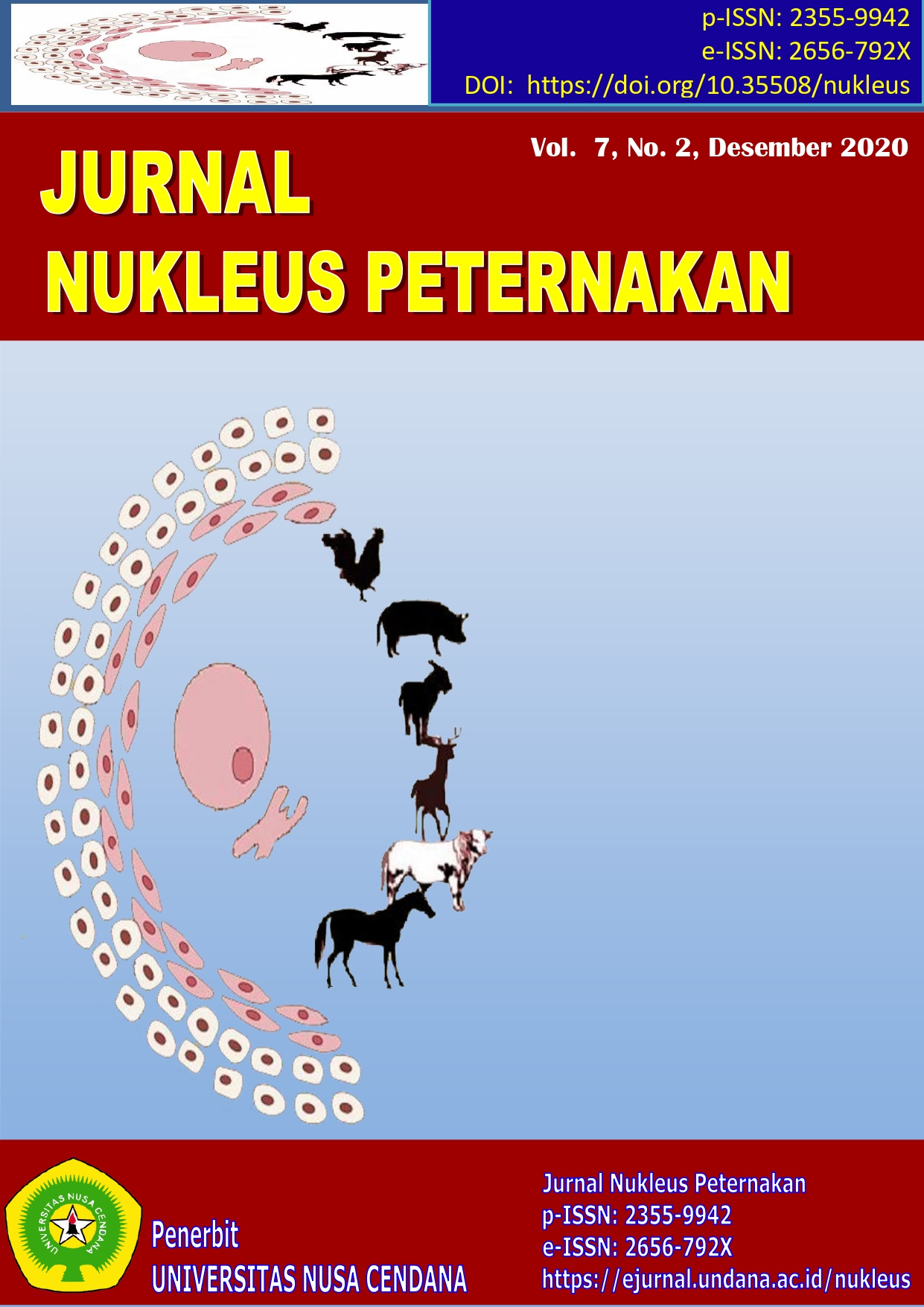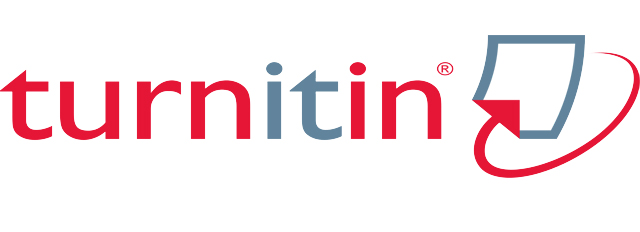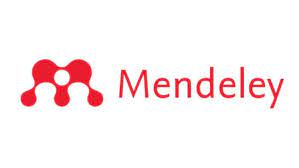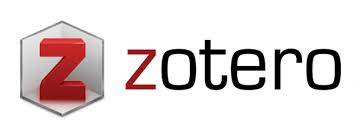STRUKTUR DAN PERAN ANEKA LEMBAGA DALAM RANTAI PASOK TERNAK DAN DAGING SAPI POTONG DI PROVINSI NUSA TENGGARA TIMUR (Structure and role of of various institutions in supply chain of cattle and beef comodities in East Nusa Tenggara Province)
Abstrak
The structure and role of each specific institution in the supply chain management of local cattle marketing need to be known in detail and comprehensively. The objectives were: 1) to describe the various institutional roles in the supply chain management of livestock and beef in Kupang District and Kupang City, NTT; and 2) to formulate efforts to improve the institutional performance of the livestock and beef supply chain in Kupang District, NTT. Surveys of institutions related to supply chain management of beef cattle in a comprehensive manner, covering all stakeholders (farmers, livestock traders, butchers, meat traders, animal markets, slaughterhouses, animal quarantine, sea freight expeditions, etc.). Data were analyzed descriptively- qualitatively and quantitatively, analysis of costs , benefits and margin of each marketing actor. As conclusions were: 1) The role of institutions in the supply chain management of cattle / beef in Kupang Regency is slowly starting to form a solid network according to the roles of the parties. However, they still have problems in terms of smooth communication and interaction in transactions at each point of the supply chain, especially the point between farmers and village traders regarding price determination; and 2) the institutional performance of cattle/ beef supply chain as a whole to ensure the interests of all stakeholders not optimal yet, in particular related to improve the group transaction methods, benchmark prices, controlling the sale of young females, preventing the slaughter of productive females, strict quarantine, and the availability of large capacity livestock vessels.
##plugins.generic.usageStats.downloads##
Referensi
Basuno E. 2004. Mengembalikan status wilayah Nusa Tenggara sebagai gudang ternak. Analisis Kebijakan Pertanian Vol 2 No 4, Desember 2004: 354-368.
Budisantoso E, Triastono J, Fernandez P, Marawali H, Deblitz C. 2008. Strategies to Reduce Weight Loss in Inter-Island Trade. ACIAR SMAR 2007/202. Australia Indonesia Partnership.
Chopra S, Meindl. 2006. Supply Chain Management: Strategy, Planning and Operation. New Jersey: Pearson Prentice Hall.
Fatahilah YH, Marimin, Harianto. 2010. Performance analysis of supply chain for beef cattle: Case study at PT Kariyana Gita Utama, Jakarta. Jurnal Teknologi Industri Pertanian. 20(3):193–205
Hadi PU. 2012. Manajemen rantai pasok ternak dan daging Sapi Sapi di Nusa Tenggara Timur. Di dalam: Lokollo EM, editor. Bunga Rampai Rantai Pasok Komoditas Pertanian Indonesia. Bogor: IPB Pr.
Hariningsih E. 2012. Peran teknologi informasi bagi hubungan inter organisasional dalam supply chain management system. Jurnal Bisnis Manajemen dan Akuntansi. 1(1):27–36
Hartati E, Lole UR. 2016. Feasibility study pembangunan dan pengembangan pabrik pakan skala kecil di Provinsi NTT. Kupang: Disperindag NTT
Hayami Y, Kawagoe T, Morooka Y, Siregar M. 1987. Agricultural Marketing and Processing in Upland Java A Perspective from a Sunda Village. Bogor: The CPGRT Centre.
Herera GE. 2007. Dynamic use of closures and imperfectly enforced quotas in a metapopulation. American Jounal of Agric Economics. Malden: Feb 2007. 89(1):176–189.
Hoddi AH, Rombe MB, Fahrul. 2011. Analisis pendapatan peternakan sapi potong di Kecamatan Tanete Rilau, Kabupaten Barru (Revenue Analysis Cattle Ranch In Sub Tanete Rilau Barru). Agribisnis (10) 3:98109.
Hosami GA. 2014. Supply chain management scenario in India. International Journal of Reasearch in Management and Business Studies. 1(3):18–22
Lence SH, Marette S, Hayes DJ, Foster W. 2007. Collective marketing arrangements for geographically differentiated agricultural products: Welfare impacts and policy implications. American Jounal of Agricultural Economics. Malden: Nov 2007. 89(4); 947–957.
Lole UR. 2013. Dampak kebijakan produksi dan perdagangan sapi terhadap produksi sapi dan kesejahteraan petani di Provinsi Nusa Tenggara Timur [disertasi]. Bogor: SPs IPB.
MacArthur M. 2004. Cattle industry slowly considers national quota system. Western Producer. Saskatoon: Jul 1, 2004. 82(26):15.
Marimin, N Maghfiroh. 2011. Teknik Pengambilan Keputusan dalam Manajemen Rantai Pasok. Bogor: IPB Press
Monczka R, Trent RJ, Handfield RB. 2011. Purchasing and Suplly Chain Management 5th Edition. Ohio, South-Western (US): Cengage Learning
Paul J. 2014. Panduan Penerapan Transformasi Rantai Suplai dengan Model SCOR. Nurul R, Zalsa AD, Wahyudi H (editor). Jakarta: Penerbit PPM
Preckel PV, Gray A, Boehlje M, Kim S. 2004. Risk and value chains: participant sharing of risk and rewards. Journal Chain and Network Services. 4 (1): 25–32.
Priyanto D. 2011. Strategi pengembangan usaha ternak sapi potong dalam mendukung program swasembada daging sapi dan kerbau tahun 2014. Jurnal Litbang Pertanian. 30(3):108–116
Rachman NM. 2016. Efisiensi jaringan distribusi rantai pasok daging sapi di Kota Bogor. [tesis]. Bogor: SPs IPB
Saaty TL. 2004. Decicion making-the Analytical Hierarchy and Network Processe (AHP/ANP). Journal of Systems Science and System Engineering. 13(1):1–35
Suryana. 2008. Pengembangan usaha ternak sapi potong berorientasi agribisnis dengan pola kemitraan. Jurnal Litbang Pertanian. 28(1):29–37
Van der Vorst JGAJ. 2006. Performance measurement in agrifood supply chain networks: an overview. In: Quantifying the Agri-food Aupply Chain 13–24. Wegenigen (NL): Logistic and Operation Research Group.
Wiyatna MF. 2007. Perbandingan indek perdagingan sapi-sapi Indonesia (sapi bali, madura, dan PO) dengan sapi australian commercial cross (ACC). Jurnal Ilmu Ternak. 7(1):22–25.
##submission.copyrightStatement##
##submission.license.cc.by-nc-nd4.footer## Arnoldus Keban(1*)
Arnoldus Keban(1*)





.jpg)





